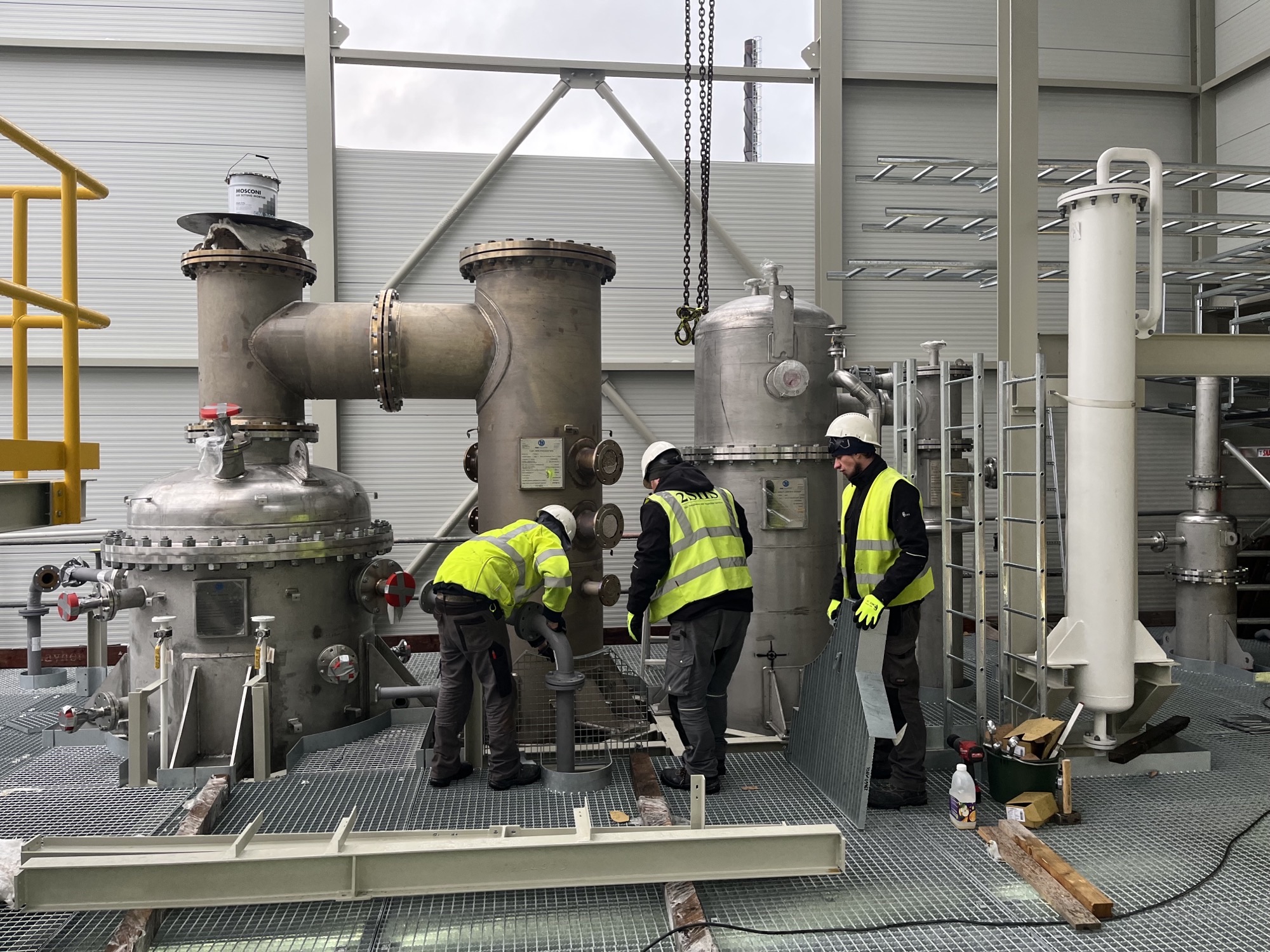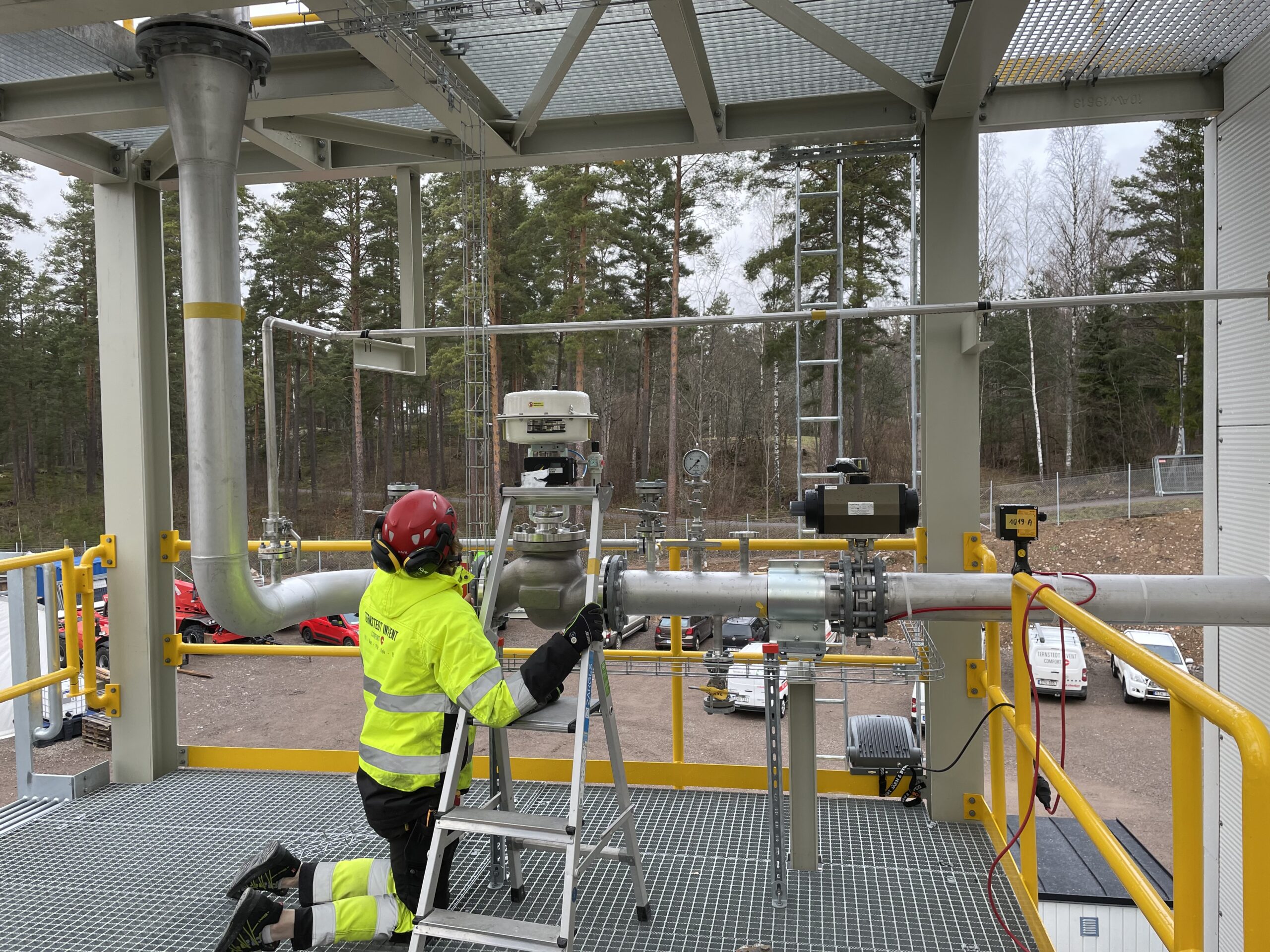INDUSTRIES
Our technology can be applied across various industries, offering a cost efficient renewable solution with local biomass. Discover how this can benefit your industry.
CHP application: renewable local power and heat production
Wood derived residues have been proven to work well in Meva Energy’s gasification technology. Also engineered wood residues, such as dust from MDF and chipboard processing, which is contaminated with glue.
The fine fraction glue contaminated furniture production waste is often difficule to recycle. It is often disregarded as a source of energy as it would result in enhanced emissions. Due to the low levels of oxygen in Meva Energys gasification technology, the nitrogen oxides can be kept very low and convert the solid nitrogen in to harmless nitrogen gas.
Replace fossil liquid petroleum gas (LPG) or natural gas by renewable BIOGAS to generate industrial process heat.
Due to stability of gas composition and very small variations of gas flow and pressure it is possible to replace existing fossil gases also in sensitive industrial processes, like drying of tissue paper.
Combustion of Meva Energy syngas is odor-free and exhaust gases have very low levels of particle content.


CHP application in a wide range of installations
The technology is suitable for several different applications characterized by fuel type and heat application. Possible applications for the current set-up of 1.2 MWe and 2.4 MWth include:
- Industry: chemical plants, saw mills, refineries, laundries, food industry, plastic molding industry, farming and green houses
- Commercial: office buildings, airports, shopping malls
- Residential: DHC systems, multi-family housing, planned communities, hotels
- Institutions: schools, nursing homes, prisons, hospitals
Analysis of other residue
Several different feedstocks have been tested successfully in lab, pilot or commercial size scale. First step to investigate a new type of fuel is to look at a chemical analysis, an elementary analysis of the biomass. When evaluating new biomass feedstock, it is also important to look out for the melting point of the ash, if it is too low it can get sticky and create agglomerates in the process. Furthermore, the composition of the ash content is relevant because heavy metals etc. can affect the quality of the biochar. For example, wood waste (post use waste) can generally be used, but generally it is more contaminated and the risk for foreign pieces is higher and thereby the risk.
